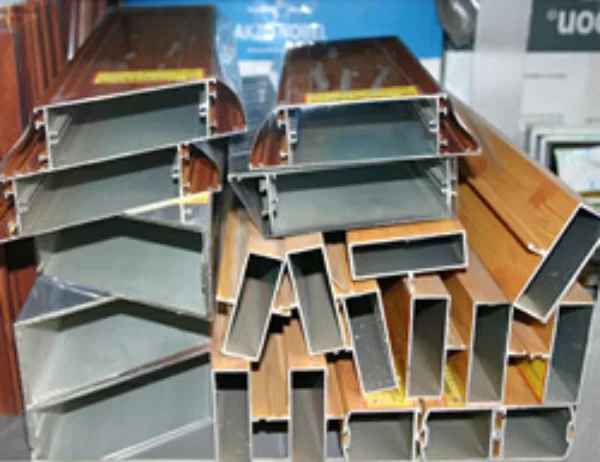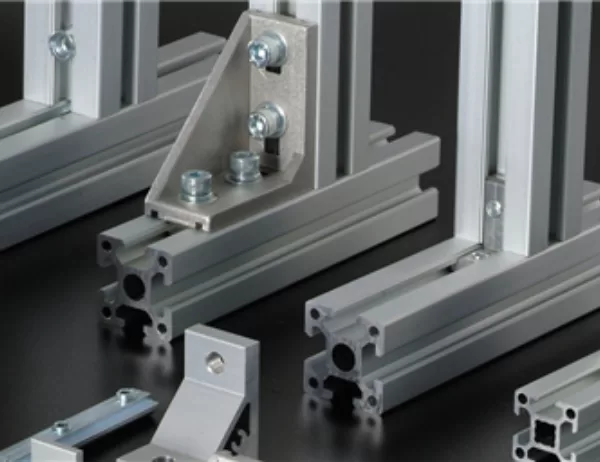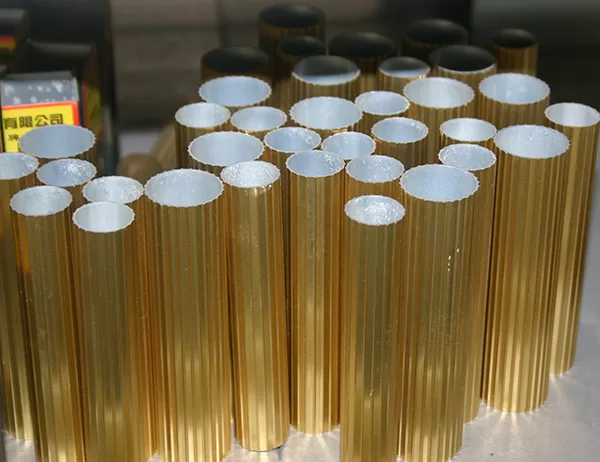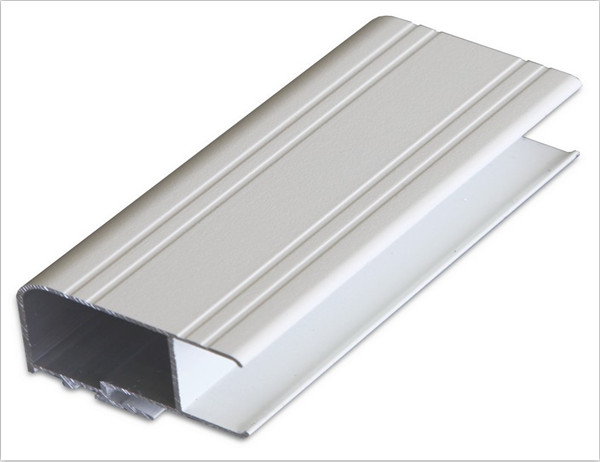Aluminum profiles are widely used in the construction of wardrobes due to their strength, durability, and aesthetic appeal. However, like any other material, they can also encounter issues that require troubleshooting. This article aims to provide a comprehensive guide to identifying and resolving common problems associated with aluminum profiles in wardrobes.
Warped or bent profiles can compromise the structural integrity and aesthetics of a wardrobe. This can occur due to improper handling, excessive force, or manufacturing defects. To resolve this issue:
Inspect the profiles for any visible damage or defects.
Contact the manufacturer for replacement parts if necessary.
Ensure that the profiles are handled and installed properly.
Use braces or supports to reinforce weakened areas.
Loose or damaged connections between profiles can lead to instability and noise within the wardrobe. This can be caused by insufficient tightening, wear and tear, or incorrect assembly. To rectify this issue:
Check that all screws, bolts, and other fasteners are properly tightened.
Replace any damaged or missing fasteners.
Reassemble the profiles, ensuring that they are aligned correctly.
Use a thread locker to prevent screws from loosening over time.
Aluminum profiles are generally corrosion-resistant, but prolonged exposure to moisture or harsh chemicals can lead to oxidation or corrosion. This can result in discolored or weakened profiles. To prevent and address this issue:
Keep the wardrobe dry and well-ventilated.
Avoid using abrasive cleaners or chemicals on the profiles.
Regularly inspect the profiles for any signs of corrosion.
Apply a protective coating or sealant to the profiles if necessary.
Scratches or dents on the surface of aluminum profiles can detract from their appearance and compromise their protective properties. These can occur during handling, assembly, or use. To minimize and repair such damage:
Use soft materials and gentle techniques when handling profiles.
Apply a scratch remover or touch-up paint to conceal minor scratches.
For deeper dents, consider using a metal filler or contacting a professional repair specialist.
Protect the profiles with a scratch-resistant coating or film.
In rare cases, aluminum profiles may have inherent defects or manufacturing errors that can affect their performance. This can result in issues such as dimensional inconsistencies, weakened materials, or premature wear. To resolve these issues:
Conduct a thorough inspection to identify the defective profiles.
Contact the manufacturer for a replacement or refund.
Ensure that the profiles are sourced from a reliable supplier.
Implement a quality control process to minimize the risk of using defective profiles in the future.




